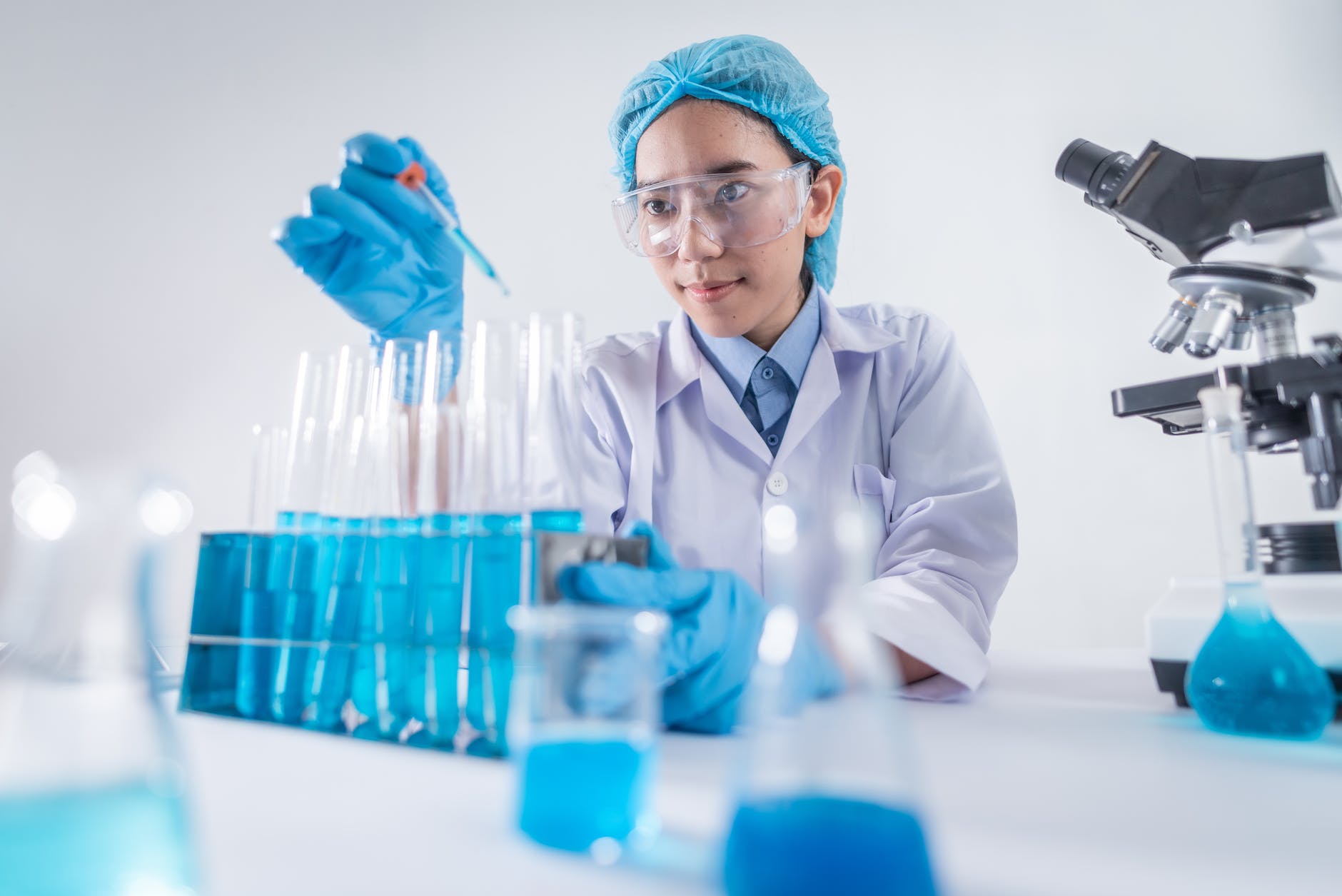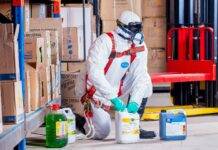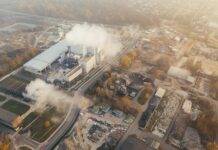
Chemical Hygiene in Laboratories: Promoting Safe Handling and Storage Practices
Introduction
Chemical hygiene is paramount in laboratory settings to ensure the safety of researchers, scientists, and the environment. Implementing proper protocols for the safe handling and storage of chemicals not only mitigates risks but also fosters a conducive and secure work environment. This article delves into essential practices for chemical hygiene, emphasizing the importance of adherence to guidelines to prevent accidents, exposures, and environmental contamination.
Understanding Chemical Hygiene
- Defining Chemical Hygiene
- Safe Laboratory Practices: Chemical hygiene involves the establishment and enforcement of safe laboratory practices for the handling, use, and disposal of chemicals.
- Compliance with Regulations: Adherence to local and national regulations governing the use of hazardous materials.
- Risk Assessment and Hazard Communication
- Risk Identification: Conduct thorough risk assessments to identify potential hazards associated with each chemical used in the laboratory.
- Communication Protocols: Establish clear communication channels for conveying potential risks to laboratory personnel.
Safe Handling of Chemicals
- Personal Protective Equipment (PPE)
- Appropriate Attire: Wear suitable PPE, including gloves, goggles, and lab coats, to protect against chemical splashes, spills, and exposure.
- Respiratory Protection: Use respiratory protection if working with volatile or harmful substances.
- Proper Techniques for Handling
- Labeling and Identification: Ensure proper labeling of all chemical containers with clear identification of contents, hazards, and handling instructions.
- Handling Procedures: Follow established protocols for transferring, mixing, and dispensing chemicals to minimize the risk of accidents.
- Emergency Response Training
- Spill Response: Train laboratory personnel in proper spill response procedures, including containment, neutralization, and cleanup.
- Evacuation Protocols: Establish and communicate evacuation protocols in case of chemical spills, leaks, or other emergencies.
Chemical Storage Best Practices
- Segregation and Compatibility
- Segregate by Hazard Class: Store chemicals based on hazard classes, keeping incompatible substances separated to prevent reactions.
- Chemical Compatibility: Be aware of chemical compatibility to avoid storage combinations that could lead to dangerous reactions.
- Ventilation and Storage Conditions
- Well-Ventilated Storage Areas: Store chemicals in well-ventilated areas to minimize exposure to harmful fumes.
- Temperature and Humidity Control: Some chemicals require specific temperature and humidity conditions for safe storage.
- Storage Containers and Labels
- Appropriate Containers: Use containers made of materials compatible with the stored chemicals.
- Clearly Labeled Storage Areas: Clearly label storage areas with information about the types of chemicals stored and any special storage requirements.
Waste Management and Disposal
- Segregation of Waste
- Hazardous Waste Identification: Clearly identify and segregate hazardous waste from non-hazardous waste.
- Disposal Containers: Use designated containers for collecting and disposing of chemical waste.
- Disposal Procedures
- Adherence to Regulations: Follow local regulations for the proper disposal of chemical waste.
- Contracted Disposal Services: Utilize professional disposal services for hazardous waste disposal.
Training and Education Programs
- Continuous Training
- Initial and Ongoing Training: Provide comprehensive training for laboratory personnel upon entry and conduct regular refresher courses.
- Stay Informed: Keep personnel informed about updates to chemical safety guidelines and regulations.
- Documentation of Procedures
- Standard Operating Procedures (SOPs): Maintain documented SOPs for all chemical handling, storage, and disposal procedures.
- Training Records: Keep records of employee training, ensuring all personnel are well-versed in chemical hygiene practices.
Regular Inspections and Audits
- Scheduled Laboratory Inspections
- Checklist-Based Inspections: Conduct regular inspections based on checklists covering all aspects of chemical hygiene.
- Prompt Correction of Issues: Immediately address and correct any identified issues to maintain a safe laboratory environment.
- External Audits
- Third-Party Audits: Periodically engage external auditors to assess and verify compliance with chemical safety standards.
- Continuous Improvement: Use audit findings to enhance existing chemical hygiene protocols and practices.
Conclusion
Chemical hygiene in laboratories is non-negotiable for the safety of both personnel and the environment. By integrating safe handling practices, proper storage protocols, effective waste management, and continuous training, laboratories can uphold the highest standards of chemical hygiene. A commitment to adherence, awareness, and proactive measures ensures a secure and productive laboratory environment.
Safety Data Analytics: Leveraging Big Data for Proactive Risk Management
Chemical Safety Engineering: Hazard Identification and Risk Assessment
Frequently Asked Questions (FAQs)
- What is chemical hygiene in laboratories?
- Chemical hygiene in laboratories involves the establishment and enforcement of safe practices for the handling, use, and disposal of chemicals to ensure the safety of personnel and the environment.
- What are the key practices for safe handling of chemicals in laboratories?
- Key practices include wearing appropriate PPE, following proper handling techniques, and providing emergency response training for spills or accidents.
- How should chemicals be stored in laboratories?
- Chemicals should be stored based on hazard classes, segregated by compatibility, and kept in well-ventilated areas with appropriate temperature and humidity control.
- What are the best practices for chemical waste management and disposal?
- Best practices include segregating hazardous waste, using designated disposal containers, following local regulations, and utilizing professional disposal services.
- Why is continuous training important in chemical hygiene?
- Continuous training ensures that laboratory personnel are well-informed about chemical safety guidelines, regulations, and any updates to procedures, maintaining a high level of awareness and adherence.
- What is the role of regular inspections and audits in chemical hygiene?
- Regular inspections and audits, both internal and external, help identify and correct issues promptly, contributing to the continuous improvement of chemical hygiene protocols in laboratories.
























